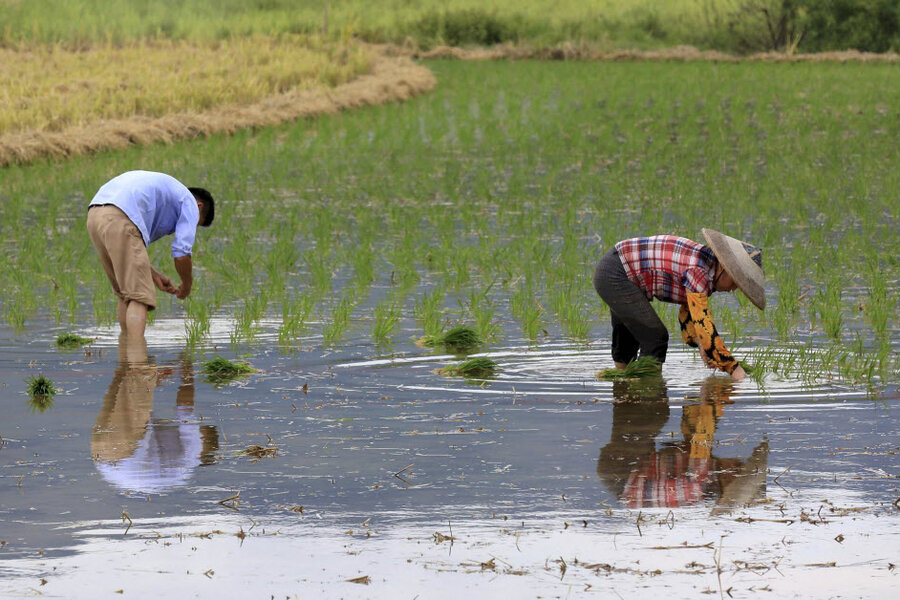Food crises to become more common as climate changes
Loading...
The combination of swelling global populations and a changing climate means global food shortages will become three times more likely in a few decades, a joint US-British task force warned last week.
Severe production shocks – including food shortages, price spikes, and market volatility – will likely begin to occur every 30 years by 2040, rather than being once-a-century events, according to the Taskforce on Extreme Weather and Global Food System Resilience.
The authors of the report argue that the twin pressures of a growing world population – and increased demand for food – plus a changing and increasingly volatile global climate will make shock events not only more likely, but also more devastating.
“The climate is changing and weather records are being broken all the time,” said David King, the UK foreign minister’s special representative for climate change, in the report.
“The risks of an event are growing, and it could be unprecedented in scale and extent,” he added.
The global food system is now more efficient thanks to globalization and new technologies, Mr. King added, but it has also become less resilient to risks.
While large-scale climate change is unfolding in a variety of ways across the planet, sudden, extreme events in specific areas could have global consequences this century, the report said.
The global population, sitting at 7.3 billion today, is on pace to exceed 9 billion by 2050. Food production will need to increase by more than 60 percent to meet that increased demand, the report said, and extreme events wrought by climate change, like flooding or severe drought, are going to make meeting this increased demand much more difficult.
Tim Benton, a professor of population ecology at the University of Leeds and a co-author of the report, told The Guardian that the compounding effects of climate change and population growth create a “very frightening” situation.
“The food system is increasingly under pressure because demand is growing and our ability to supply it is much more constrained,” he said.
“If we are coping with demand increases by sustainable intensification but then suddenly we have a catastrophic year and lose a significant chunk of the world’s calories, everybody will feel it.”
And the climate-linked disruptions to the global food market could lead to civil unrest, the report said, particularly in the Middle East and North Africa.
Rob Bailey, research director for energy, environment, and resources at British think tank Chatham House and a co-author of the report, told The Guardian that the most vulnerable countries will be those where the poorest households spend upwards of 50 percent of their income on food.
“If you are in a situation where food prices are increasing by 50-100 percent, that leaves them in an almost untenable position,” he said.
And larger economies like the US and UK, while less likely to be directly impacted, could suffer from “indirect consequences,” including increased political instability in those vulnerable regions.
Such instability has already occurred in the region, experts argue. The inflation of food prices was a factor in causing the Arab Spring across North Africa and the Middle East in 2011. The Christian Science Monitor’s Michael Holtz wrote in May about the “farmhands-to-fighters” argument.
The argument links reduced economic opportunity in agriculture to increased violent activity. A study by Edward Miguel, an economist at the University of California at Berkeley, found that young men are 'more likely to take up arms when income opportunities are worse for them in agriculture.' With empty fields, the argument goes, they have less to lose.”
This link played out in Syria in 2011, Mr. Holtz argues, citing a study that a devastating three-year drought the country experienced prior to the regional unrest that year led to crop failures and mass migration that helped catalyze political unrest.
“That unrest ultimately led to the violence that has since engulfed the country,” Mr. Holtz wrote.






